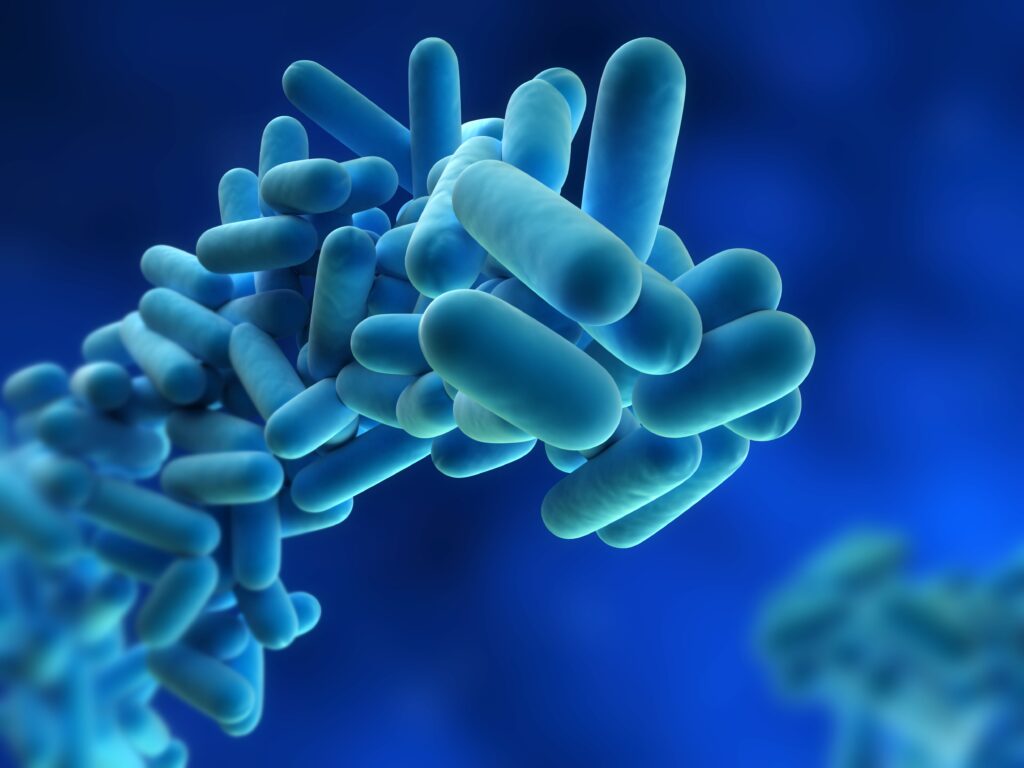So, your worst water management nightmare just came true – your Legionella test came back positive. Before you start composing your resignation letter or contemplating a new career in the Outer Hebrides, take a deep breath. Finding Legionella in your water system isn’t the end of the world – but it does require immediate, methodical action.
At HCS Water Treatment, we’ve guided countless clients through this exact scenario. While discovering Legionella might feel like finding a spider in your bed at 3am, we promise there’s a clear path forward that doesn’t involve burning the building down.
First Things First: Don’t Ghost Your Positive Result
We’ve seen it happen – a facilities manager gets bad news and suddenly develops selective amnesia about that water sample. But here’s the brutal truth: ignoring a positive Legionella result is like ignoring chest pain. The situation won’t improve by pretending it doesn’t exist and the consequences could be deadly.
Remember, you now have documented evidence of a health risk. From this moment, you’re legally and ethically obligated to act. The clock is ticking, and every hour matters.
Your Step-by-Step Emergency Response Plan
Step 1: Assess the Risk Level (Hours 0-2)
Not all positive results are created equal. The risk depends on:
- Concentration levels – Low count or swimming-pool-for-bacteria levels?
- Location of contamination – Is it a rarely used tap in a storage closet or the showers in your busy staff gym?
- Building occupants – Do you have vulnerable populations (elderly, immunocompromised)?
A competent person should immediately evaluate these factors to determine your response scale.
Step 2: Implement Immediate Control Measures (Hours 2-24)
Depending on your risk assessment, you’ll need to take some or all of these immediate actions:
- Restrict access to contaminated water sources – this might mean closing facilities
- Post clear warning signs on outlets and systems
- Inform key stakeholders – building management, health and safety teams, occupational health
- Consider if precautionary disinfection is needed before results of further investigations
For high-risk situations (high bacteria counts in areas used by vulnerable people), you may need to implement emergency disinfection procedures immediately.
Step 3: Investigate the Root Cause (Day 1-3)
Legionella doesn’t appear by magic – something in your water management plan has failed. You need to find out what:
- Review your water system – Check for recent changes, maintenance work, or system disruptions
- Check temperature records – Are hot water systems too cool or cold water systems too warm?
- Inspect for stagnation points – Dead legs, rarely used outlets, or poor circulation
- Evaluate your water treatment program – Has something changed with your chemical treatments?
This detective work is crucial – treating the symptom without finding the cause means you’ll likely be back in this same situation next month.
Step 4: Develop a Remediation Plan (Day 3-5)
Now you know what you’re dealing with, it’s time to fix it:
- Clean and disinfect the affected system parts
- Adjust temperatures to ensure hot water is stored above 60°C and distributed above 50°C
- Eliminate stagnation by removing dead legs or implementing regular flushing regimes
- Review and enhance your water treatment program
- Repair or replace any faulty equipment
Your remediation plan should address both the immediate contamination and the underlying issues that allowed Legionella to thrive.
Step 5: Verify Your Success (Week 1-3)
After remediation, you need proof it worked:
- Re-sample for Legionella at the original positive location plus additional strategic points
- Continue heightened monitoring until you’ve established a track record of clear results
- Document everything – sampling results, remediation actions, and ongoing controls
Don’t declare victory after one clear sample. Legionella can be stubborn, and recontamination is common without sustained control measures.
The Communication Conundrum
One of the trickiest aspects of handling a positive Legionella result is communication. Who needs to know what, and when?
- Employees/Building Occupants: They need clear information about any restrictions without causing unnecessary alarm
- Senior Management: They need the unvarnished truth, including potential implications
- Health Authorities: In cases of high counts or confirmed Legionnaires’ disease, you may have notification obligations
The golden rule: Be transparent without being terrifying. Communicate what people need to know to stay safe, what you’re doing to fix the problem, and when they can expect updates.
Prevention: The Best Emergency Response
The most effective way to handle a positive Legionella result is to prevent it from happening in the first place. At HCS Water Treatment, our approach to water safety is built on comprehensive risk management:
- Regular risk assessments to identify potential issues before they become problems
- Robust monitoring programs that catch early warning signs
- Staff training so your team knows what to look for
- Well-maintained systems that don’t create bacterial breeding grounds
Our clients across sectors from healthcare to hospitality have found that investing in prevention isn’t just safer – it’s dramatically more cost-effective than emergency response.
Don’t Face It Alone
Dealing with a positive Legionella result is stressful, but you don’t have to navigate it solo. Water safety experts can provide the guidance, technical expertise, and practical support you need to resolve the situation quickly and effectively.
Remember: Finding Legionella in your system isn’t a failure – failing to act appropriately is. With the right response, you can turn this challenge into an opportunity to strengthen your water safety program and protect everyone who depends on your building’s water systems.
Found Legionella in your system? Don’t panic – just pick up the phone. HCS Water Treatment provides emergency response services for Legionella contamination situations. Contact us on 0141 212 7247 for immediate assistance and expert guidance through the remediation process.


